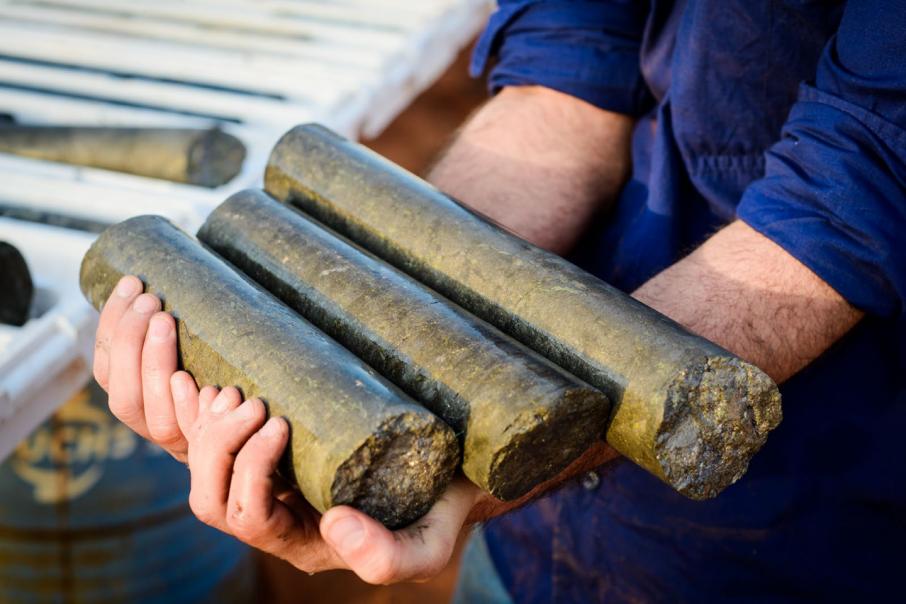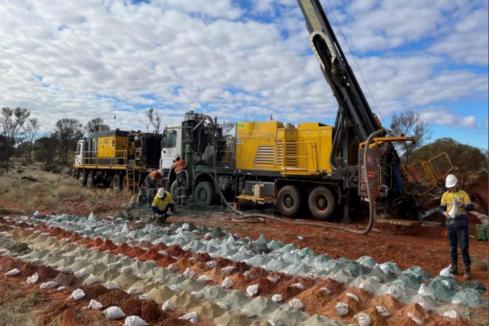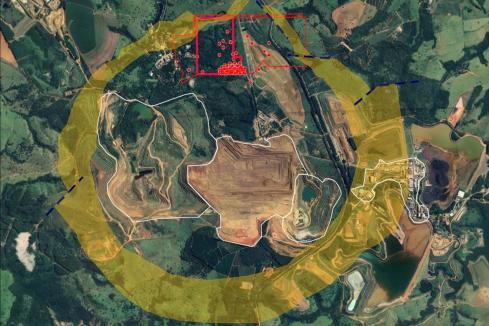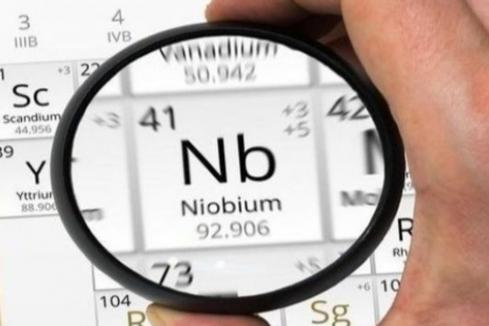ASX-listed base metals explorer St George Mining has intersected a wide zone of nickel-copper sulphides in exploratory drilling of its new Radar prospect at the Mt Alexander project near Leonora, WA.
While assays are pending the company has nailed a 7.5-metre thick zone of massive and disseminated sulphide mineralisation from only 44.2m down-hole contained within a prospective ultramafic-mafic intrusion, with portable XRF assays indicating nickel grades near 6% and copper grades near 2%.
In addition, the result extends the Cathedrals Belt base metal mineralisation to 5.5km.
The discovery at Radar is about 1km east of the Cathedrals prospect, where ongoing programs of diamond drilling over the last two years have unearthed significant high-grade nickel-copper-PGM ore intersections.
St George targeted Radar after ground electromagnetic, or “EM”, geophysical surveys outlined chargeable “blind” anomalies beneath about 10m of blanketing sand cover.
This technique and down-hole EM surveying have proven to be very effective methods of identifying high-grade sulphide mineralisation at Mt Alexander, particularly as the country rocks in the region are unresponsive granitic rocks.
The company is planning immediate follow-up drilling to target the discovery at Radar and will complete down-hole EM within the recent hole to identify potential extensions to that mineralisation.
St George’s new work effectively confirms the broader prospectivity of the Cathedrals Belt for nickel and copper, with over 10.5km of the east-west trending belt either unexplored or poorly targeted in the past.
Executive Chairman John Prineas said: “The discovery of high-grade nickel-copper sulphides with the first ever drill hole in an area with about 10m of transported overburden and more than 1km from the nearest known mineralisation on the Cathedrals Belt is an excellent exploration result and a credit to our technical team.”
“The occurrence of high-grade nickel and copper sulphide mineralisation at shallow depths is rare, and we are delighted to have further extended the strike of this type of mineralisation along the Cathedrals Belt to an impressive 5.5km.”
“With multiple EM conductors still to be drilled, including targets at the unexplored West End and Fish Hook Prospects, we believe there is strong potential for more high-grade nickel-copper sulphide discoveries.”
1km further east of Radar, the company has defined another strong EM anomaly at the Bullets prospect, which also looks ripe for drilling and has a similar geophysical response to Radar.
Drilling at Bullets is scheduled to commence next week.
St George has also identified further drill targets at the Fish Hook prospect, which is 5km east of Radar.
Management added that a comprehensive soil sampling program is also underway across the entire 8km of prospective east-west strike of interpreted ultramafic-mafic intrusions, east of the Bullets prospect at Mt Alexander.
The company has also revisited its existing Investigators, Cathedrals and Fairbridge prospects, with assays from those drill programs pending at present.
Exciting times indeed for St George and rather timely given that nickel has just ticked over USD$16,000 per tonne and looks to be holding at that level.
The company’s market cap was sitting just over $60m this week.
Is your ASX listed company doing something interesting ? Contact : matt.birney@businessnews.com.au















